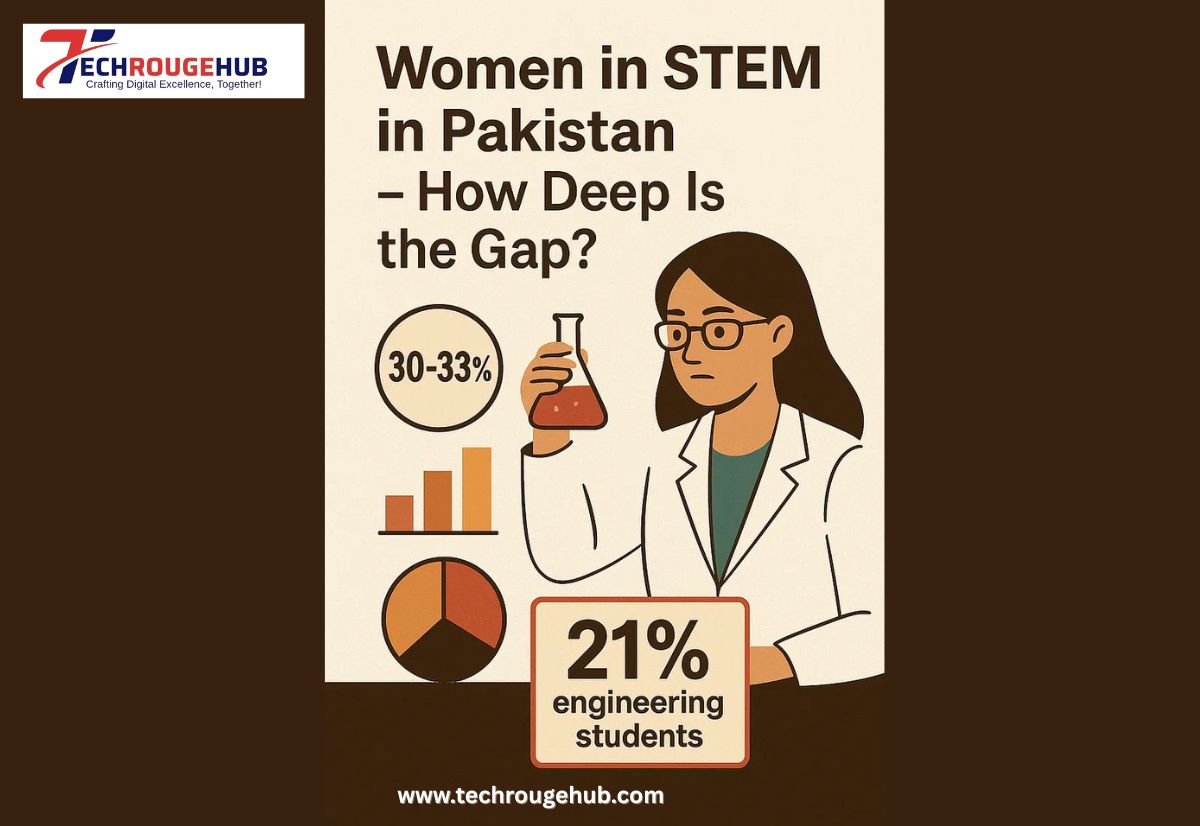Pakistan is falling behind in gender equality, especially in STEM (science, technology, engineering, and mathematics). The numbers reveal more than disparities ,they point to systemic inequality rooted in patriarchal and capitalist structures.
Globally, women make up around 30–33% of researchers, but in South and West Asia — including Pakistan — that share drops to about 20%. Meanwhile, in Pakistani universities, only 21% of engineering students and just 12% in agricultural sciences are women. Research-level representation is also low — only 34% of researchers are women.
The overall gender equality picture is bleak: Pakistan ranks last (148 out of 148 countries) in the 2025 World Economic Forum Global Gender Gap Index, with a low 56.7% parity score. Economic participation and political empowerment are especially weak, even though education improved slightly.
The Express Tribune Profit by Pakistan Today
Why it matters ?
These aren’t just stats — they reflect exclusion built into systems. Patriarchy limits girls from quality education and men dominate decision-making in tech and science. Without policy interventions, training, and representation, Pakistan wastes half its human potential.
What needs to change
- Invest in STEM education and mentorship programs for girls and women.
- Enforce gender-equitable hiring, pay, and anti-discrimination policies.
- Highlight role models and create pathways into leadership for women in tech.
A future with gender equality in STEM is not just fair
it’s fundamental to national progress.
The gender gap in STEM in Pakistan is not just a challenge for women, but a challenge for the entire nation. By ensuring equal opportunities, breaking social barriers, and supporting inclusive policies, we can unlock the full potential of our future innovators. Let’s work toward a society where knowledge and opportunity are shared equally.
👉 Read more insights on technology and innovation at techrougehub.com/blog

